The 1947 Studebaker stands as a remarkable testament to automotive design, effortlessly merging the aesthetics of its time with a vision that still resonates with futuristic appeal. Despite being over 70 years old, this vehicle continues to captivate car enthusiasts and design aficionados alike, embodying a timeless quality that defies eras.
The Birth of an Icon
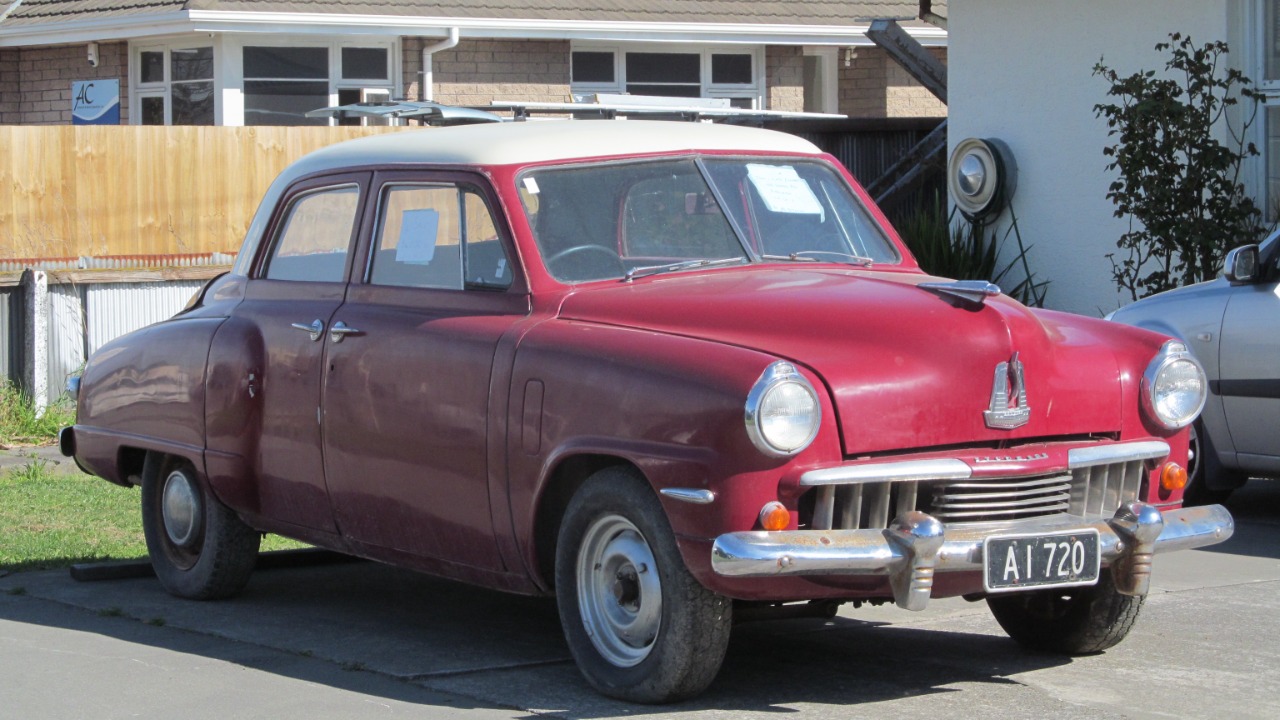
The post-war era was a time when the world was poised for change, and the automotive industry was no exception. In the aftermath of World War II, American car manufacturers were eager to return to production, with a focus on innovation and modernity. The socio-economic climate of post-war America was ripe for a revolution in car design, spurred by a booming economy and a population eager for new technologies. This period marked the beginning of a race for innovation, with the 1947 Studebaker emerging as a frontrunner in this quest for progress.At the heart of the Studebaker’s groundbreaking design was Raymond Loewy, a visionary designer whose influence extended far beyond the automotive industry. Loewy’s approach to creating a futuristic vehicle was rooted in his belief that form and function should be seamlessly integrated. His work on the Studebaker exemplified this philosophy, resulting in a vehicle that was both aesthetically striking and technically advanced. One of the most notable aspects of the Studebaker’s design was the debut of the bullet-nose front end. This unique feature became a symbol of progress and modernity, capturing the imagination of the public and solidifying the Studebaker’s place in automotive history.
Design Features Ahead of Their Time
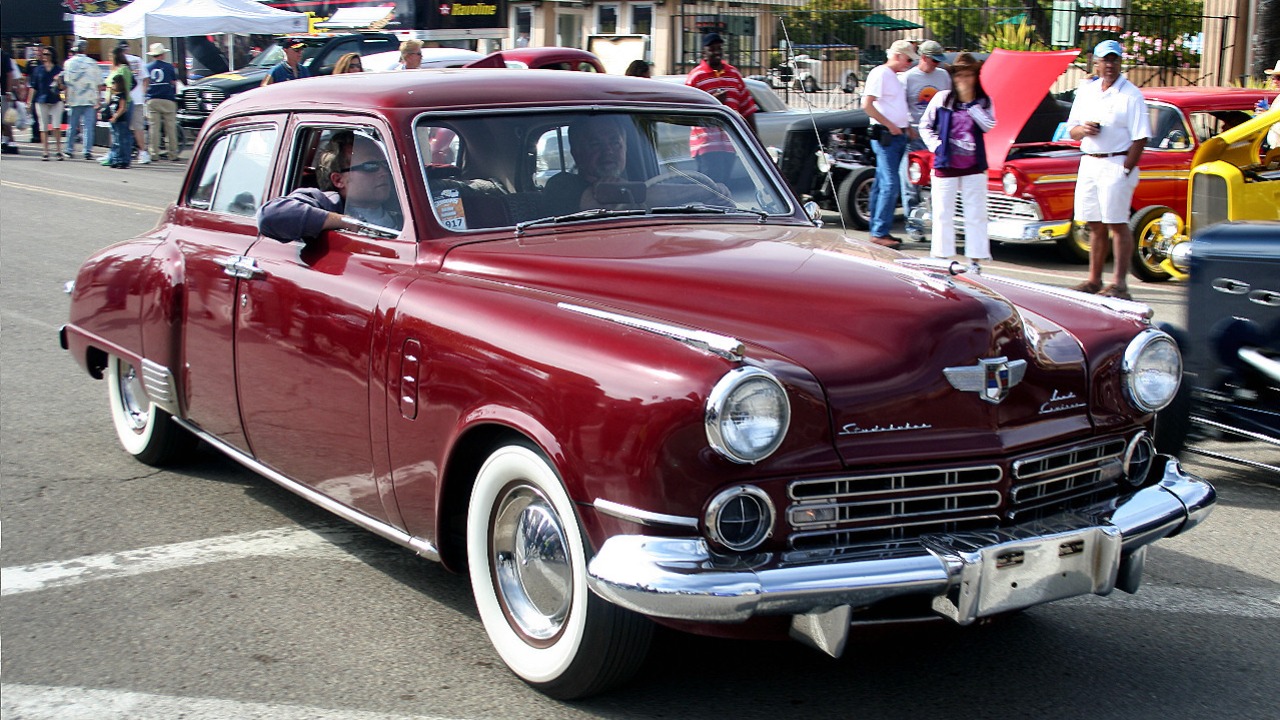
The 1947 Studebaker was not just a visual masterpiece; it was also a marvel of engineering. One of the key aspects of its design was its aerodynamic shape, which contributed to improved fuel efficiency and performance. The streamlined body reduced drag, allowing for smoother and more efficient driving. This focus on aerodynamics was ahead of its time, setting the stage for future innovations in automotive design.Inside the cabin, the Studebaker boasted a range of advanced features that were considered groundbreaking at the time. From the layout of the dashboard to the materials used, every element of the interior was designed with comfort and convenience in mind. The use of high-quality materials and meticulous craftsmanship set the Studebaker apart from its contemporaries, offering a level of luxury that was rare for vehicles of its era.
Cultural and Historical Impact
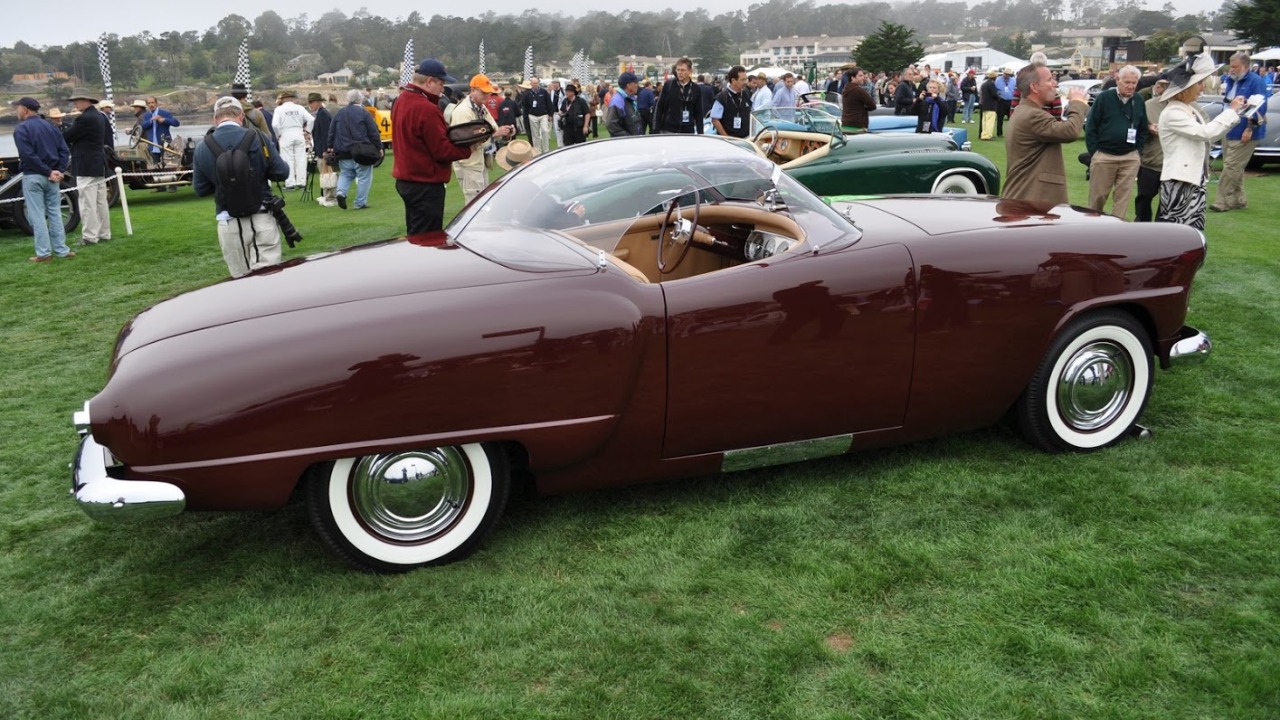
The influence of the 1947 Studebaker extended far beyond its initial release, leaving an indelible mark on the automotive industry. Its design elements inspired subsequent trends, paving the way for future innovations. The car’s iconic status was further cemented by its appearances in films and television, where it became a symbol of style and sophistication. These media representations helped to solidify its place in popular culture, ensuring that the Studebaker would be remembered as an icon of its time.Today, the Studebaker’s enduring appeal is evident in its collectibility and preservation efforts. Enthusiasts around the world continue to celebrate this remarkable vehicle, with many undertaking restoration projects to maintain its legacy. The 1947 Studebaker remains a sought-after classic car, cherished by collectors for its design, history, and the timeless qualities that continue to captivate new generations.
Technical Marvels
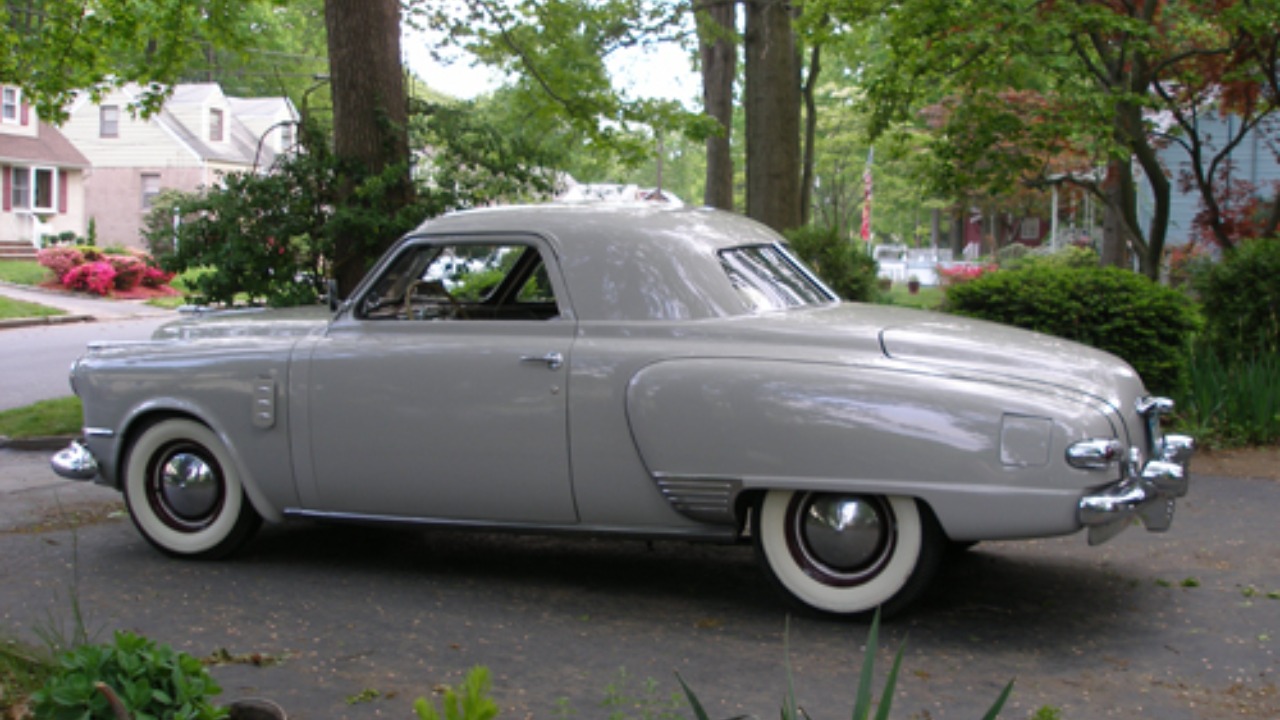
The 1947 Studebaker was not just a design triumph; it was also a technical marvel. The vehicle featured a range of mechanical innovations that set it apart from its competitors. Its engineering breakthroughs included advancements in suspension and engine performance, which contributed to its reputation as a technical wonder of its time. The Studebaker’s performance on the road was impressive, with handling and speed that rivaled other vehicles of the era.Its reputation for durability and reliability has helped to ensure its continued operation in the modern day. Many Studebakers have stood the test of time, remaining roadworthy and functional decades after their initial production. This longevity is a testament to the quality of engineering and craftsmanship that went into each vehicle, further enhancing its status as a classic.
Legacy and Timeless Appeal
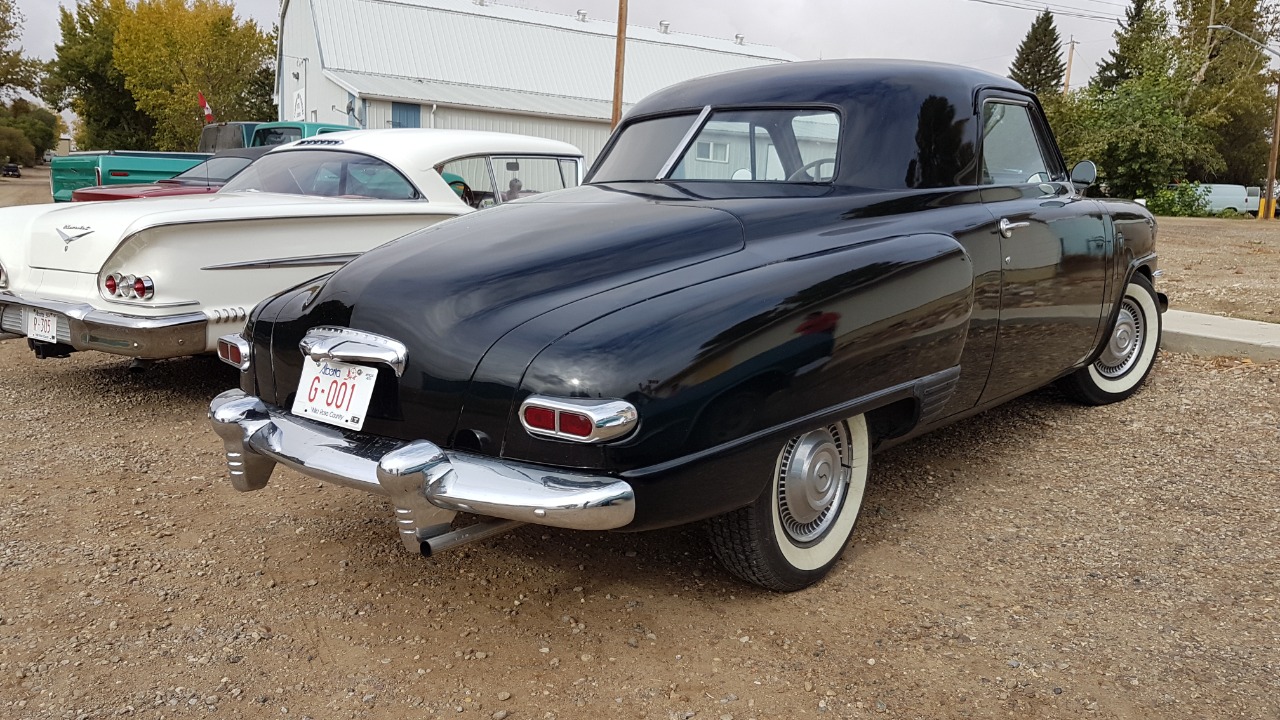
The influence of the 1947 Studebaker on modern design is undeniable. Its principles of streamlined aesthetics and functional elegance can be seen in today’s automotive industry, where the pursuit of efficiency and style continues to be a driving force. The Studebaker’s legacy is not just limited to its design; it also lives on through the stories of owners and enthusiasts who have experienced the car firsthand.Anecdotes and testimonials from those who have owned or driven a Studebaker reveal a deep-seated fascination with its futuristic qualities. This enduring appeal is rooted in the car’s ability to evoke a sense of wonder and forward-thinking, even in a modern context. The Studebaker’s design continues to captivate audiences, proving that true innovation transcends time and remains relevant across generations.

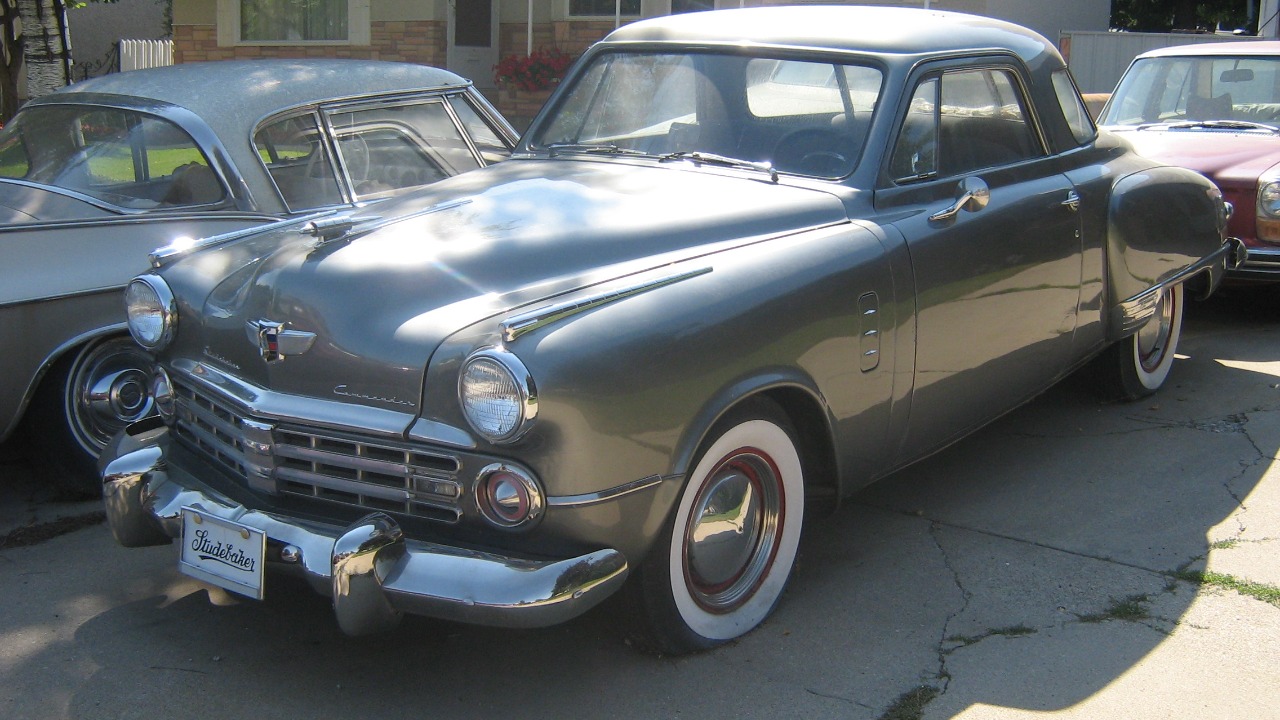
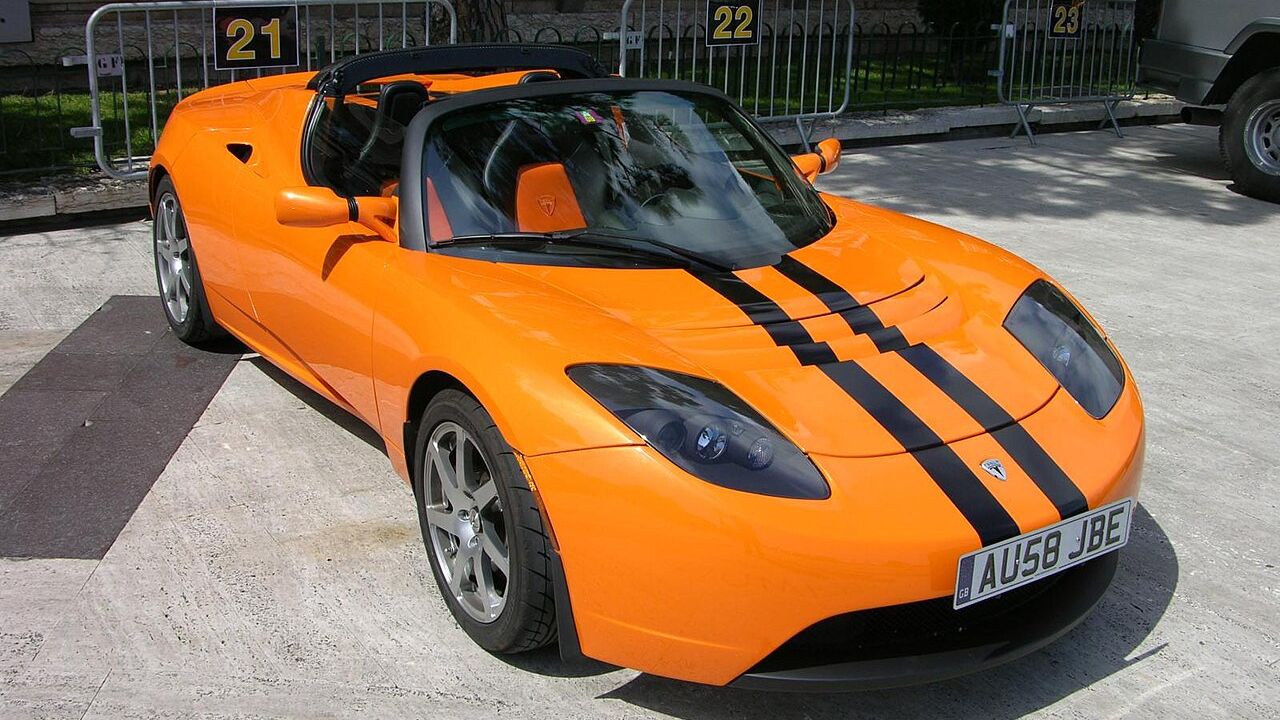
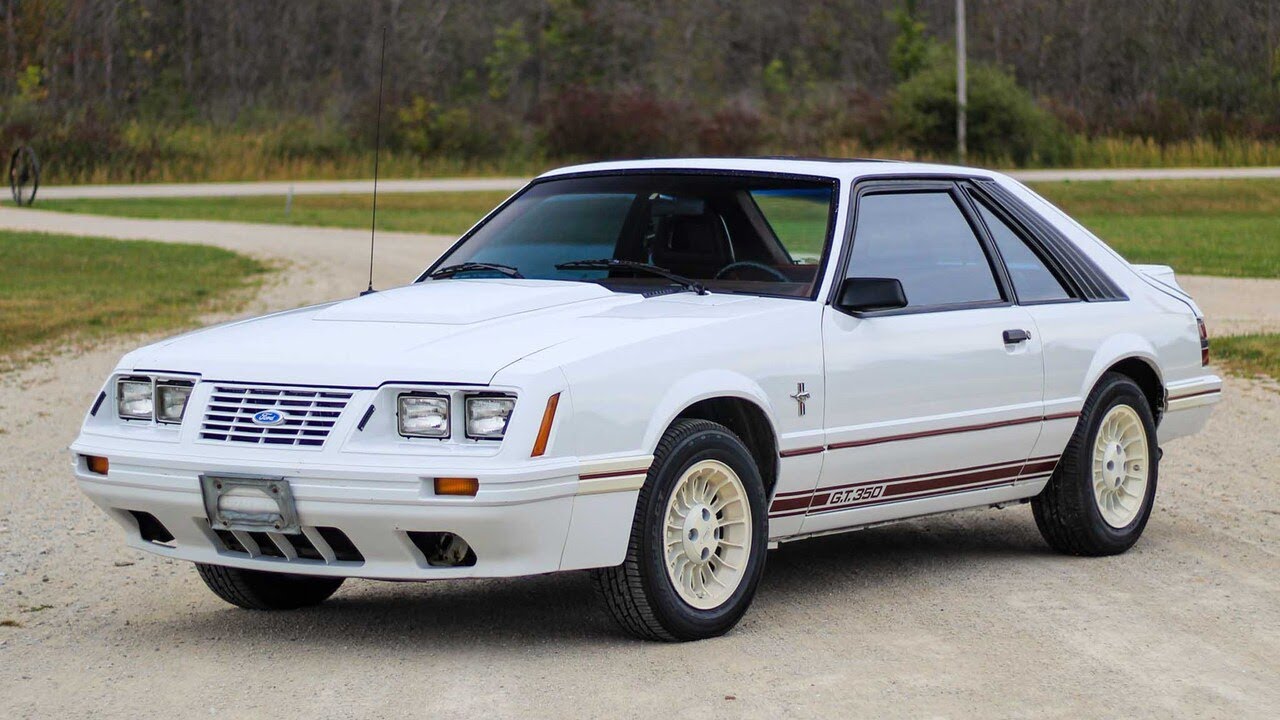

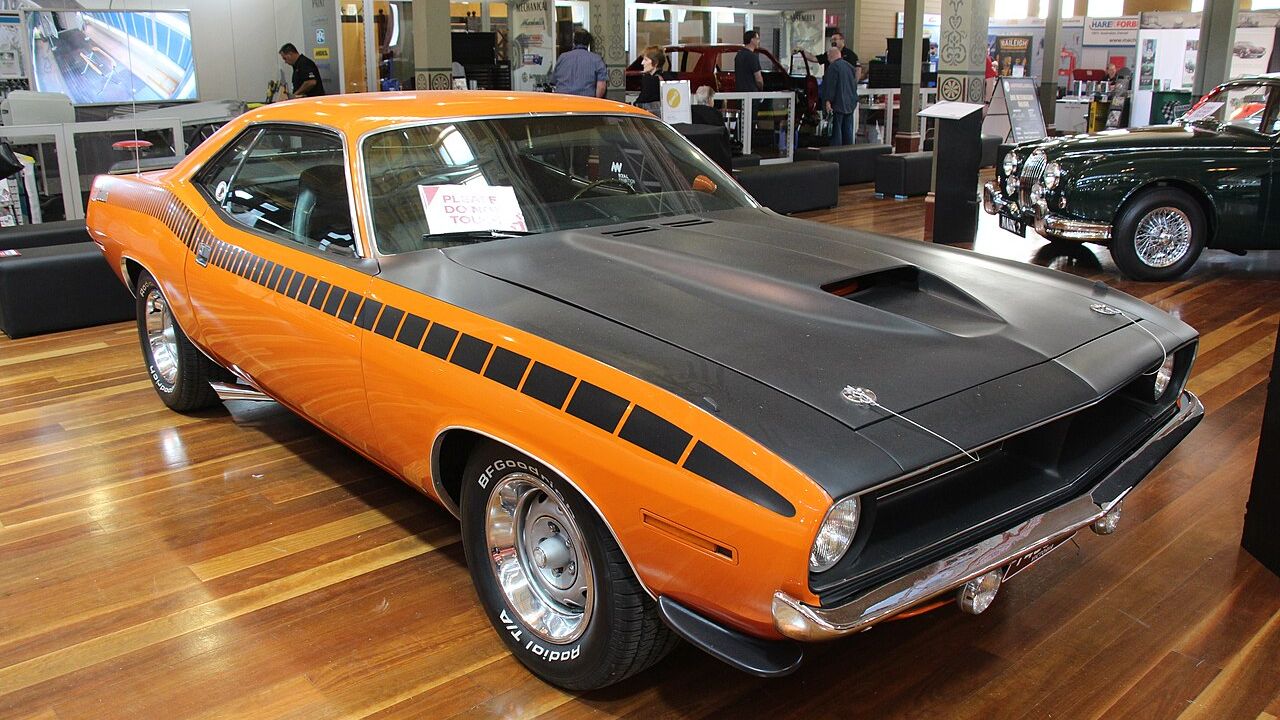
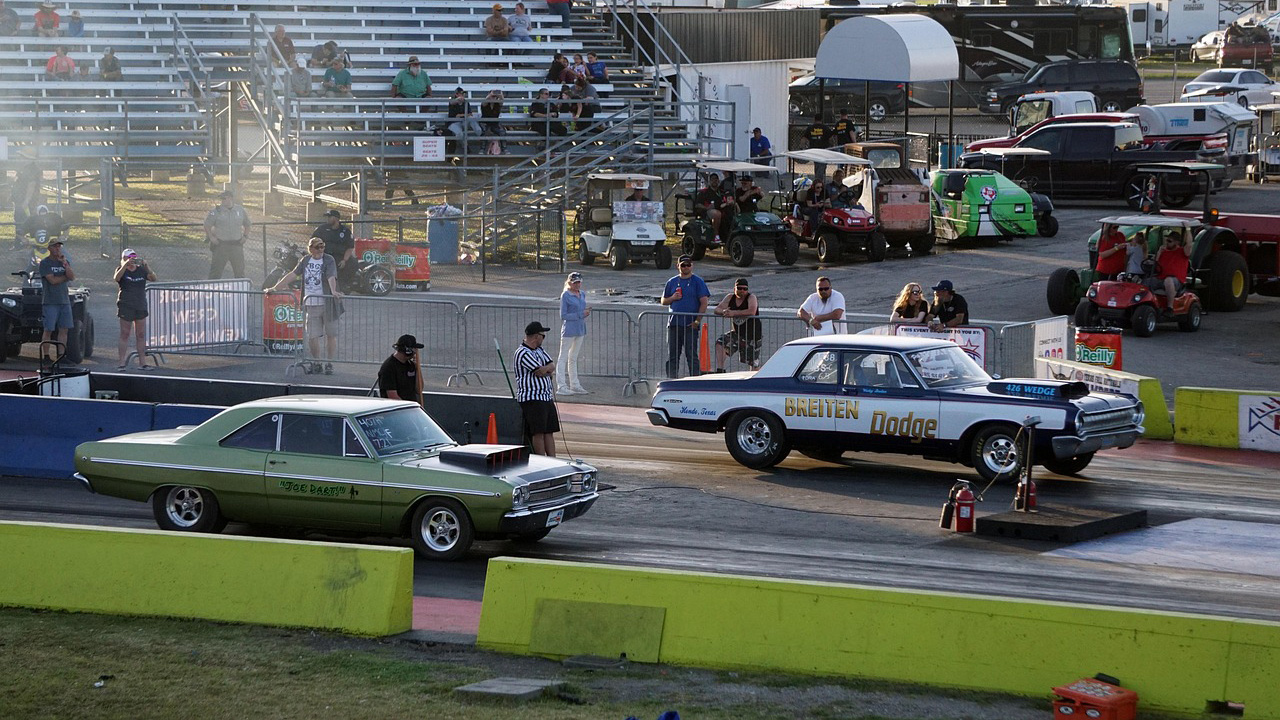
Leave a Reply